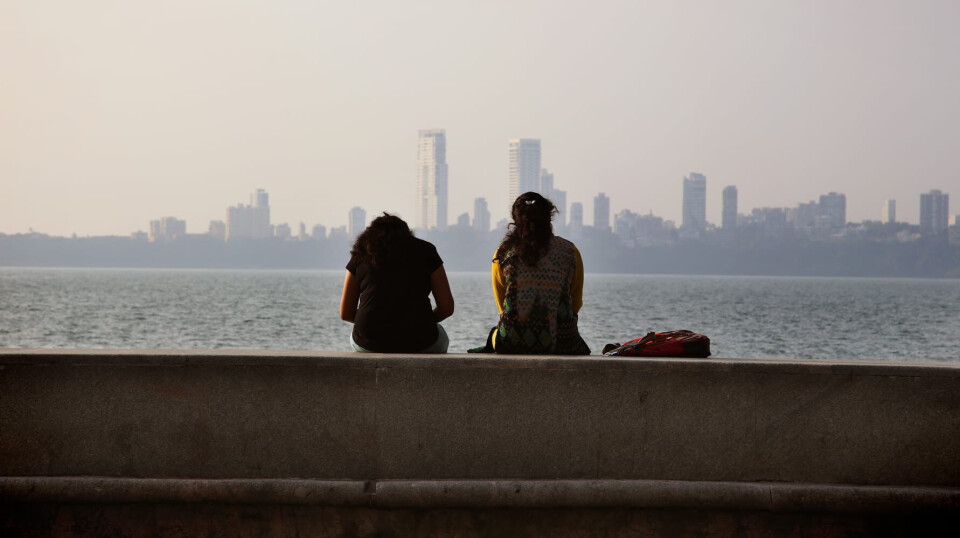
Trade deal opens up India to Norwegian and Icelandic salmon
Scottish sector left at price disadvantage as UK continues talks for its own tariff-free access
Norwegian and Icelandic salmon farmers have been handed an export advantage over Scottish producers following the signing of a free trade agreement with India, a potentially huge market.
The agreement between India and the four members of the European Free Trade Association – Norway, Switzerland, Iceland, and Liechtenstein - will gradually reduce India’s tariff level on salmon from 33% to zero within five years.
Scottish salmon exported to India will, for the time being, continue to face hefty duties. According to UK seafood sector quango Seafish, the main seafood export commodities to India (nephrops, salmon, cold water prawns, ling) attract 30% customs duty and a 10% social welfare charge. Some commodities have an additional 5% goods and services charge.
No UK deal yet
The United Kingdom has been trying without success to reach a free trade agreement with India since Brexit, which also made exporting more difficult for Scotland’s salmon farmers because of increased bureaucracy and border delays. The European Union is also in negotiations with India.
Børge Lotre, acting director for market insight and market access for Norway’s Ministry of Trade and Fisheries, said: “The new free trade agreement with India marks a historic milestone for the Norwegian seafood industry. After 16 years of negotiations, the agreement opens the door to significantly better market access, with zero tariffs on a number of key products such as salmon, halibut and cod. This will give Norwegian exporters a significant competitive advantage in the Indian market.”
The Norwegian Seafood Council (NSC) had a two-year project in India from 2016 to 2018. The project concluded with a postponement of the investment in the Indian market, partly due to customs barriers, but also challenges with logistics and problems with efficient distribution. The freezing or cooling chain for seafood cannot be broken, and the exporters must have guarantees for this. Furthermore, the situation was such that there were major restrictions on foreign ownership, so that investments to build modern retail did not occur.
A decisive step
“The reduction of customs barriers in the recently concluded free trade agreement with India is a decisive step for the Norwegian seafood industry. With zero duty on products such as mackerel, herring, and processed goods such as fillets of salmon and trout within five years, Norwegian seafood will gain a far more competitive position in one of the world's largest and most sought-after markets,” said Lotre.
Norwegian seafood exporters currently have only a small presence in India. In the long term, however, the country’s size, economic growth and, not least, increasing demand for seafood will also have greater significance for Norwegian seafood exports in the future, said the NSC.
India has the world’s largest population of 1.43 billion, marginally more than China, and has a growing middle class estimated at around 264 million inhabitants, which is more than three-quarters of the total population of one of the world’s major salmon markets, the United States (340 million).
Last year Chile opened the door to export its salmon to India when Chilean state aquaculture agency, Sernapesca, and the Food Safety and Standards Authority of India (FSSAI) established the conditions for the official certification of frozen and refrigerated salmonid products and crustaceans sent to India.























































